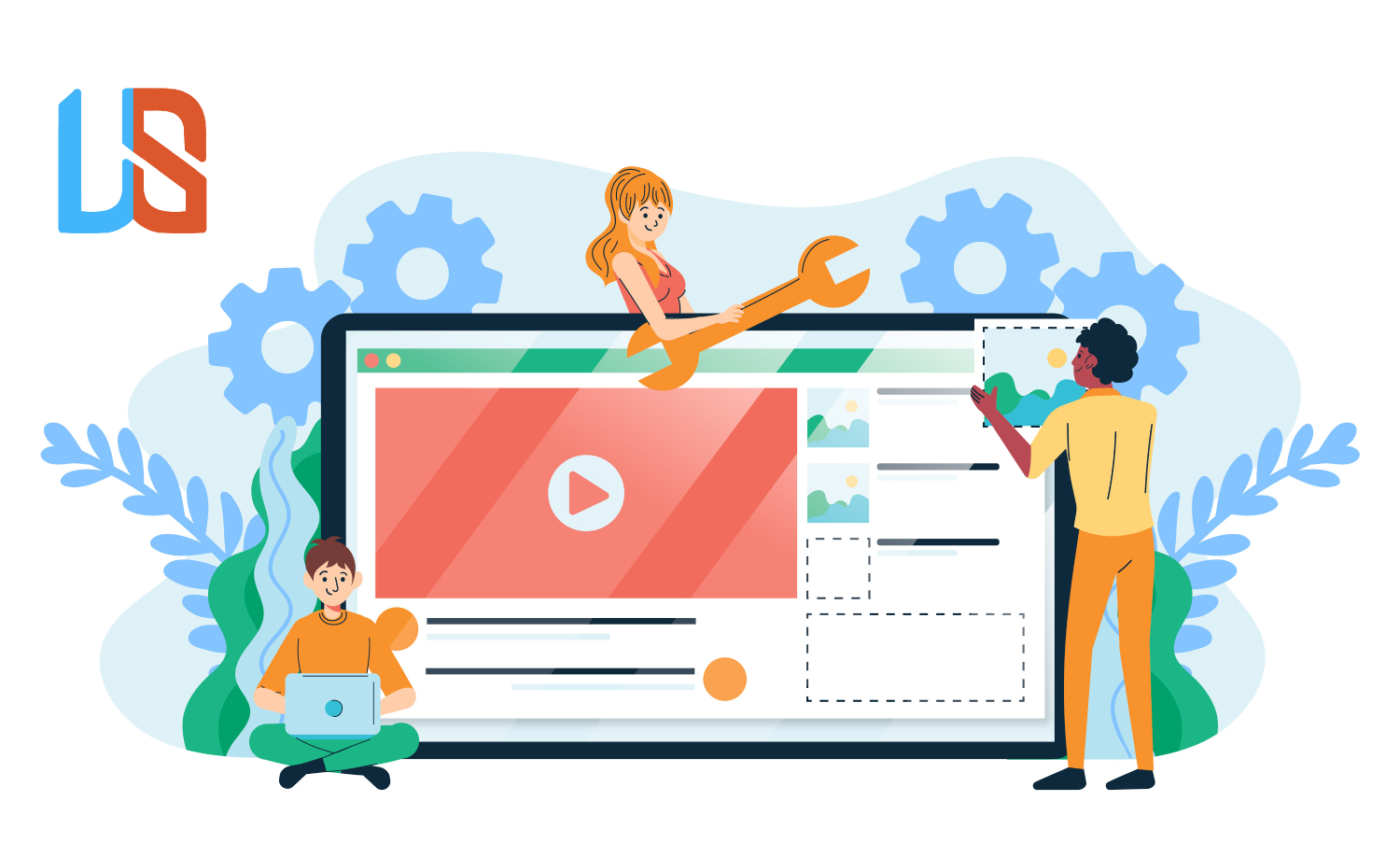
Landing pages are crucial elements of any successful marketing campaign. They serve as the entry point for potential customers and play a significant role in converting visitors into leads or customers. In this article, we will explore the key strategies and best practices for creating engaging and effective landing pages that drive conversions.
Introduction
A landing page is a standalone web page designed with a specific purpose, such as promoting a product, capturing leads, or driving conversions. Unlike a website’s homepage, landing pages are focused on a single objective and are optimized to guide visitors towards taking a desired action. Let’s dive into the key strategies for creating engaging and effective landing pages.
Understanding Landing Pages
Landing pages are designed to provide visitors with relevant and targeted information that aligns with their needs and interests. They eliminate distractions and present information in a concise and compelling manner, making it easier for visitors to understand the value proposition and take the desired action, such as making a purchase, signing up for a newsletter, or requesting more information.
Defining Clear Goals and Objectives
Before creating a landing page, it’s essential to define clear goals and objectives. What action do you want visitors to take? Whether it’s making a purchase, filling out a form, or downloading a resource, clarity in your goals will help you create a focused and effective landing page that drives conversions.
Crafting Compelling Headlines and Subheadings
The headline is the first thing visitors see when they land on your page, and it plays a crucial role in capturing their attention. Craft a compelling headline that communicates the value proposition or highlights a problem your product or service solves. Use subheadings to provide additional information and guide visitors through the content.
Creating Persuasive and Relevant Content
The content on your landing page should be persuasive, concise, and tailored to your target audience. Clearly communicate the benefits and unique selling points of your offering. Use bullet points, short paragraphs, and visuals to break up the text and make it easily scannable. Focus on the value and benefits visitors will receive by taking the desired action.
Designing a Clean and Intuitive Layout
The layout of your landing page should be clean, uncluttered, and easy to navigate. Use ample white space to give your content room to breathe and create a sense of visual appeal. Place important elements, such as headlines, key information, and CTAs, prominently on the page. Use a logical flow to guide visitors from top to bottom, leading them towards the call-to-action.
Using High-Quality Visuals and Media
Visuals play a crucial role in engaging visitors and conveying your message effectively. Use high-quality images, videos, and graphics that align with your brand and support your value proposition. Visuals should be relevant, eye-catching, and help visitors understand the product or service you are offering.
Incorporating Strong Call-to-Actions (CTAs)
A strong and compelling call-to-action (CTA) is essential for driving conversions on your landing page. Use action-oriented language that clearly communicates the next step you want visitors to take. Make your CTAs stand out visually by using contrasting colors, larger fonts, or buttons. Place them strategically throughout the page, especially at the end of sections or after highlighting key benefits.
Implementing Trust Elements
Building trust is crucial for increasing conversions on your landing page. Incorporate trust elements such as customer testimonials, reviews, security badges, and social proof to reassure visitors that your product or service is trustworthy and reliable. Provide clear and concise privacy policy and contact information to address any concerns visitors may have.
Optimizing for Mobile Devices
With the increasing use of mobile devices, it’s vital to optimize your landing page for mobile responsiveness. Ensure that your page is visually appealing and functions well on various screen sizes. Use responsive design techniques to adapt the layout and content to different devices, providing a seamless user experience.
A/B Testing and Continuous Improvement
Creating effective landing pages is an iterative process. Conduct A/B tests to compare different elements, such as headlines, layouts, CTAs, and visuals, to determine what resonates best with your audience. Analyze the data and insights to make informed decisions and continuously optimize your landing pages for better performance.
FAQs
A landing page serves as a focused entry point for visitors with a specific goal or objective, such as driving conversions, capturing leads, or promoting a product or service.
Craft a compelling headline that communicates the value proposition or highlights a problem your product or service solves. Focus on clarity, relevance, and engaging language that captures visitors’ attention.
Trust elements are elements on a landing page that build trust and credibility with visitors. They can include customer testimonials, reviews, security badges, social proof, and clear privacy policies. Trust elements help reassure visitors and increase their confidence in your offering.
A/B testing allows you to compare different elements of your landing page to determine what resonates best with your audience. It helps you make data-driven decisions and continuously improve the performance of your landing pages.
Mobile optimization is crucial as more and more users access the internet via mobile devices. Optimizing your landing pages for mobile ensures a seamless user experience and maximizes engagement and conversions from mobile users.
Conclusion
Creating engaging and effective landing pages requires a strategic approach and attention to detail. By understanding the purpose, setting clear goals, crafting compelling headlines and value propositions, designing visually appealing layouts, incorporating persuasive CTAs and trust elements, and optimizing for mobile responsiveness, you can create landing pages that convert visitors into valuable leads or customers.





